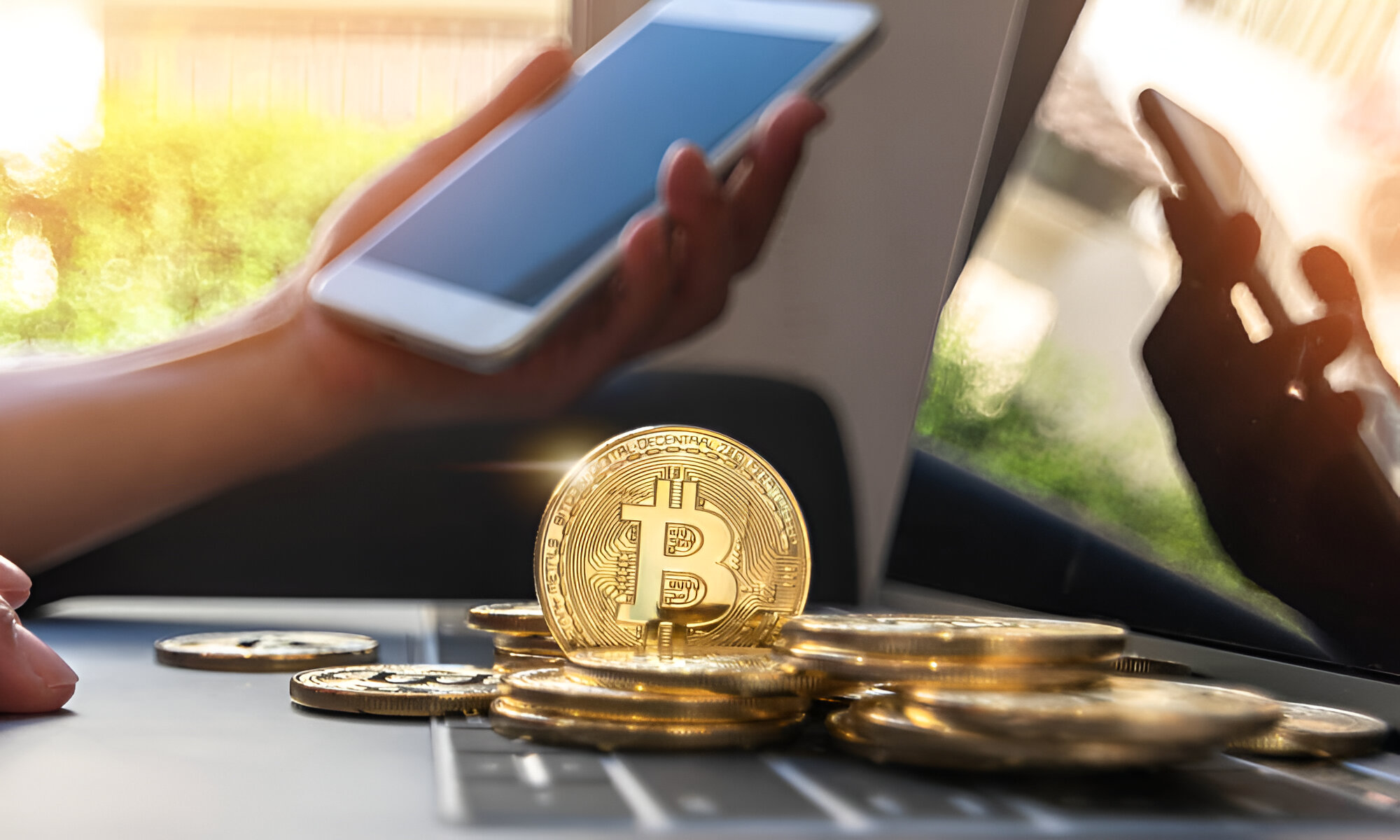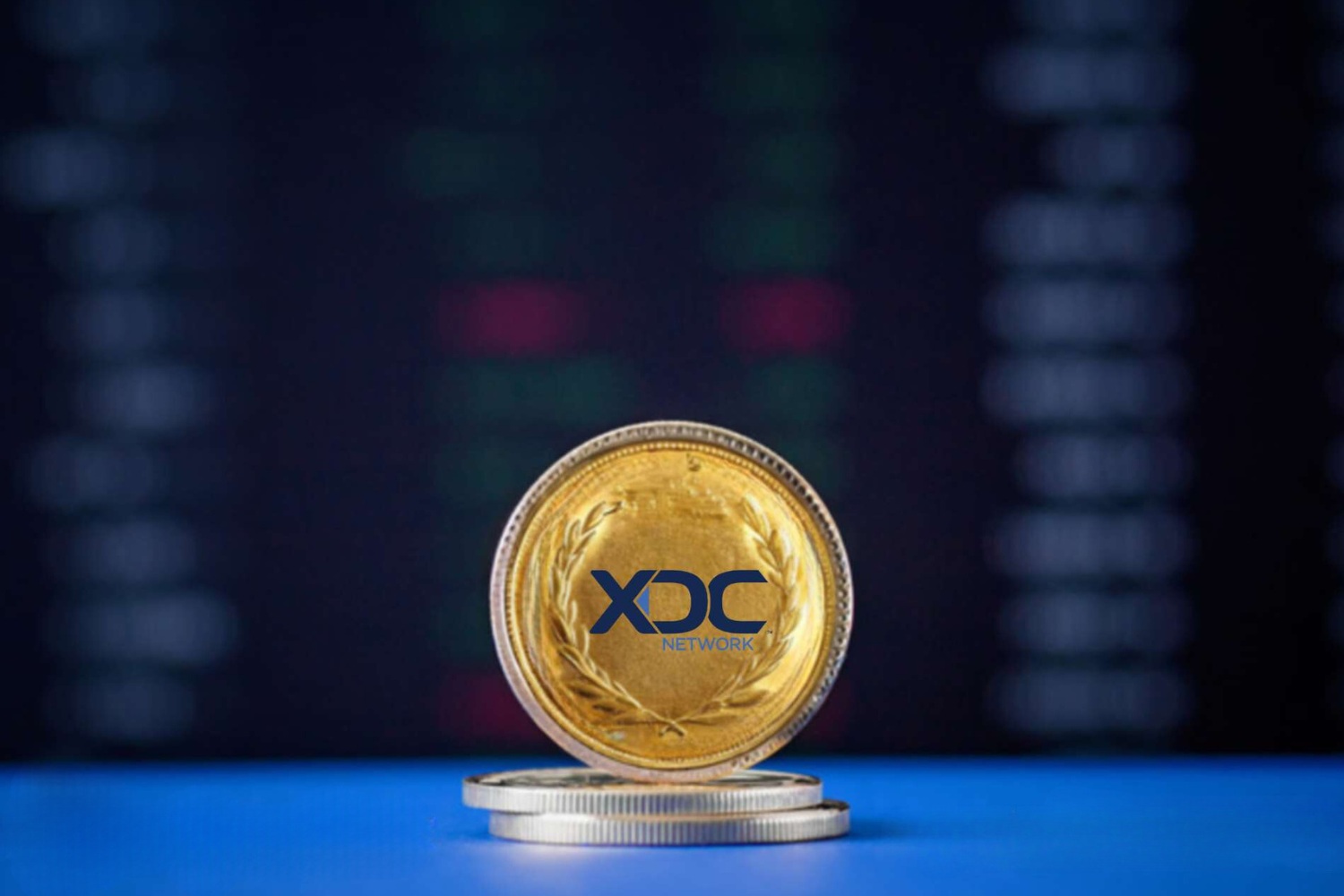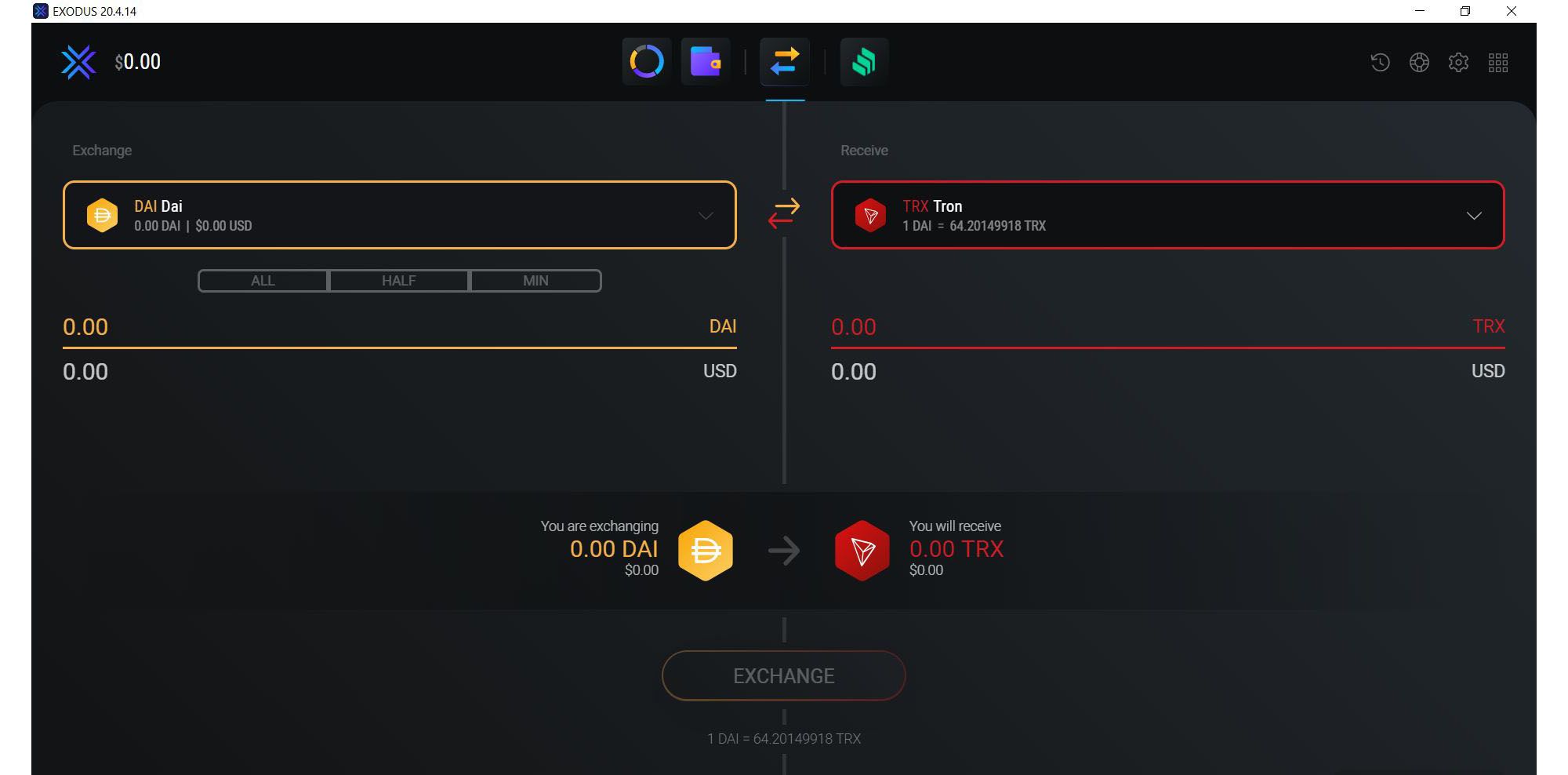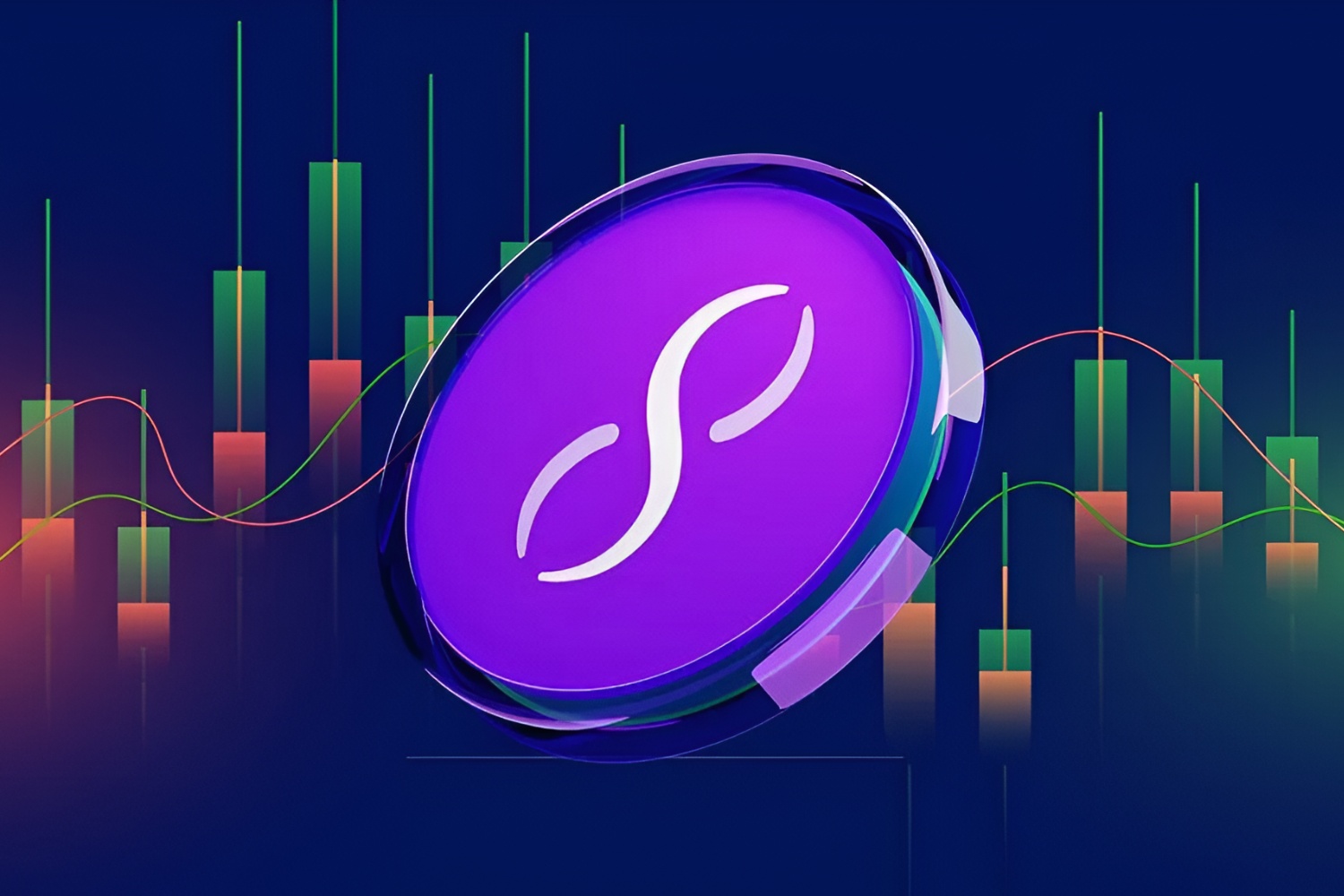Introduction
Welcome to the world of cryptocurrency, where cutting-edge technology and decentralized systems are revolutionizing the way we transact and store value. One of the key concepts driving this revolution is peer-to-peer (P2P) networking. P2P in the context of crypto refers to a decentralized network where individuals can interact and transact directly with one another, without the need for intermediaries like banks or financial institutions.
P2P networks have gained significant popularity in recent years, with the rise of cryptocurrencies like Bitcoin and Ethereum. These digital currencies are built on blockchain technology, a distributed ledger system that allows for secure and transparent transactions. P2P functionality is a fundamental feature of cryptocurrencies, enabling users to send, receive, and trade digital assets directly with one another.
In this article, we will explore the concept of P2P in the context of cryptocurrencies, discussing its benefits, risks, and the different ways it is utilized in the crypto world.
What is P2P?
Peer-to-peer, or P2P, refers to a type of network in which participants can directly connect and interact with one another without the need for a central intermediary. In a P2P network, each participant is both a client and a server, allowing for the exchange of information, data, and resources between individuals or nodes.
Unlike traditional client-server models, where a central server controls the flow of information, P2P networks distribute the control and responsibility among all participants. This decentralized approach offers numerous advantages, including increased privacy, scalability, and resilience.
P2P networks operate through a decentralized architecture, where each participant contributes resources such as bandwidth, processing power, or storage space. These resources are shared and utilized by other members of the network, creating a collaborative and self-sustaining ecosystem.
The concept of P2P has been around for decades and has been utilized in various applications beyond cryptocurrency. File sharing platforms like BitTorrent and communication tools like Skype are examples of popular P2P applications that have revolutionized their respective industries.
In the context of cryptocurrencies, P2P networks play a crucial role in enabling the secure and direct transfer of digital assets. Instead of relying on a central authority, such as a bank or payment processor, P2P networks allow users to transact directly with one another. This eliminates the need for intermediaries and reduces transaction fees, while also offering greater privacy and control over one’s assets.
Overall, P2P networks are a fundamental building block of decentralized systems, empowering individuals to connect, share, and transact in a peer-to-peer manner. In the next section, we will explore how P2P is specifically used in the field of cryptocurrencies.
P2P in Crypto
In the world of cryptocurrencies, P2P networks play a pivotal role in creating a trustless and decentralized ecosystem. P2P functionality is ingrained in the core principles of cryptocurrencies, allowing users to directly transact with one another without the need for intermediaries or centralized control.
One of the key elements of P2P in crypto is the ability to send and receive digital assets directly between participants. Unlike traditional banking systems where transactions are processed and verified by intermediaries, P2P networks rely on cryptographic algorithms and consensus mechanisms to validate and record transactions.
Through the use of P2P networks, individuals can send cryptocurrencies to anyone with a cryptocurrency wallet address, regardless of geographical location or the involvement of banks or financial institutions. This enables seamless cross-border transactions, bypassing the limitations and delays associated with traditional monetary systems.
Furthermore, P2P networks in cryptocurrencies allow for the complete ownership and control of digital assets. In traditional financial systems, banks or institutions often hold custody of an individual’s funds. However, in P2P networks, users have full control over their private keys and can store their cryptocurrencies in secure wallets, eliminating the need to trust third parties with the security of their assets.
Another important aspect of P2P in crypto is the concept of mining. In decentralized cryptocurrencies like Bitcoin, the mining process involves participants using their computing power to solve complex mathematical problems, thereby validating transactions and maintaining the security of the network. Miners are rewarded with newly minted cryptocurrency for their contribution to securing the network.
P2P networks also facilitate the distribution of transaction information among participants. When a transaction is initiated, it is broadcasted to the entire network, allowing all nodes to validate and confirm the transaction. Through this process, P2P networks ensure transparency and consensus, as all participants have access to the transaction records and can verify the authenticity and validity of each transaction.
Overall, P2P networks in cryptocurrencies enable direct, secure, and transparent transactions among participants. By eliminating the need for intermediaries and central control, P2P networks empower individuals to have full ownership and control over their digital assets. In the next section, we will delve into the benefits of P2P in the world of cryptocurrencies.
Benefits of P2P in Crypto
The utilization of peer-to-peer (P2P) networks in the world of cryptocurrencies offers a multitude of benefits that contribute to the growth and adoption of digital assets. Here are some key advantages of P2P in crypto:
- Decentralization: P2P networks in cryptocurrencies operate in a decentralized manner, distributing control and authority among participants. This eliminates the need for a central authority and reduces the risk of single points of failure or censorship. Decentralization promotes a more inclusive and resilient financial system.
- Privacy: P2P networks enable users to transact directly with one another, preserving their privacy. Traditional financial systems often require individuals to disclose their personal information during transactions, making them susceptible to privacy breaches. P2P networks protect user privacy by allowing transactions to be conducted pseudonymously.
- Reduced Fees: By bypassing intermediaries like banks and payment processors, P2P networks in crypto significantly reduce transaction fees. This benefits both individuals and businesses, as they can save on costly fees associated with traditional financial systems, particularly for cross-border transactions.
- Global Accessibility: P2P networks enable individuals from all over the world to participate in the cryptocurrency ecosystem. As long as there is an internet connection, anyone can join and transact in a P2P network, promoting financial inclusivity and accessibility for unbanked populations.
- Fast and Efficient Transfers: Transactions conducted through P2P networks are typically processed quickly and efficiently. Since there is no reliance on intermediaries, transactions can be confirmed and settled without delays. This is especially beneficial for time-sensitive transactions or when dealing with volatile markets.
- Security and Trust: P2P networks in cryptocurrencies utilize cryptographic algorithms and consensus mechanisms, ensuring the security and trustworthiness of transactions. The immutability of blockchain technology and the distributed nature of P2P networks make it extremely difficult for malicious actors to manipulate or alter transaction records.
These benefits demonstrate the transformative power of P2P networks in the world of cryptocurrencies. By embracing decentralization, privacy, reduced fees, global accessibility, and enhanced security, P2P networks in crypto provide individuals with more control over their financial transactions and assets. In the next sections, we will explore the different applications of P2P in the crypto space, including P2P trading and P2P exchanges.
P2P in Cryptocurrencies
P2P networks are a foundational element of cryptocurrencies, as they enable direct transactions and interactions between participants without the need for intermediaries. In the world of cryptocurrencies, P2P functionality is utilized in various ways to foster decentralization and empower individuals. Here are some key applications of P2P in cryptocurrencies:
- P2P Trading: P2P trading refers to the direct exchange of cryptocurrencies between individuals, without the involvement of centralized exchanges. P2P trading platforms connect buyers and sellers, allowing them to trade cryptocurrencies directly with one another using a variety of payment methods. This decentralized approach offers greater flexibility, privacy, and control over trading activities compared to traditional exchanges.
- P2P Exchanges: P2P exchanges provide a platform for individuals to buy and sell cryptocurrencies directly with one another. These exchanges operate as decentralized marketplaces, where participants can create buy or sell orders and interact directly with potential buyers or sellers. P2P exchanges often utilize smart contracts or escrow systems to ensure the secure and successful completion of trades.
- P2P Lending: P2P lending platforms in the crypto space enable individuals to lend and borrow digital assets directly from one another, eliminating the need for traditional intermediaries like banks. P2P lending provides an alternative to traditional banking systems and allows individuals to access funds or invest in projects based on their own criteria.
- P2P Micropayments: P2P networks in cryptocurrencies facilitate micropayments, enabling individuals to send and receive small denominations of digital assets. This is particularly beneficial for content creators, as it allows for frictionless payments for digital content, services, or subscriptions without the need for high transaction fees or delays.
- P2P Staking and Governance: In certain cryptocurrencies, P2P networks are utilized for staking and governance mechanisms. Participants can contribute their cryptocurrency holdings to secure the network or participate in decision-making processes through voting. This democratic approach ensures that network consensus and governance are decentralized and reflective of the community’s interests.
- P2P Cross-Chain Transactions: P2P networks facilitate cross-chain transactions, allowing the direct exchange of assets between different blockchain networks. This enables interoperability between different cryptocurrencies and promotes seamless and efficient asset transfers without the need for intermediaries.
These various applications illustrate the versatility and power of P2P networks in the field of cryptocurrencies. From trading and lending to micropayments and cross-chain transactions, P2P functionality enables individuals to transact, interact, and engage with digital assets directly, fostering the growth and adoption of decentralized systems. However, it is important to be aware of the risks associated with P2P in crypto, which we will explore in the next section.
P2P Trading
P2P trading is a decentralized approach to buying and selling cryptocurrencies directly between individuals, without the need for intermediaries or centralized exchanges. P2P trading platforms connect buyers and sellers, allowing them to interact and trade cryptocurrencies using various payment methods.
One of the key advantages of P2P trading is the enhanced privacy and control it provides. Unlike traditional exchanges, where users must deposit their funds onto a centralized platform, P2P trading allows individuals to maintain control over their cryptocurrencies throughout the trading process. Trades are settled directly between the buyer and seller, reducing the risk of hacks or security breaches associated with centralized exchanges.
P2P trading platforms typically provide an escrow system or smart contract mechanism to facilitate secure transactions. These mechanisms hold the cryptocurrencies being traded in escrow until both parties fulfill their obligations. This ensures that the seller receives payment, and the buyer receives the purchased cryptocurrencies, promoting trust and minimizing the risk of fraud.
Another advantage of P2P trading is the flexibility it offers in terms of payment methods. Participants can choose from a range of payment options, including bank transfers, cash deposits, mobile payments, or even trading other cryptocurrencies. This allows for more convenient and personalized trading experiences, catering to the preferences of individuals in different regions or with varying access to traditional banking services.
P2P trading also promotes price discovery and liquidity. As trades occur directly between buyers and sellers, order books and trading volumes on P2P platforms reflect real-time supply and demand dynamics. This transparent market environment can lead to more accurate pricing and a fairer trading experience.
Furthermore, P2P trading can foster a sense of community and peer-to-peer interaction within the crypto space. Participants have the opportunity to engage with other traders, share insights, and negotiate terms directly. This can create a more social and collaborative trading environment compared to the anonymity often associated with centralized exchanges.
However, it is important to note that P2P trading also carries potential risks. Participants must exercise caution when trading with unknown individuals and ensure they are using reputable and secure platforms. Additionally, price volatility and the lack of regulatory oversight in P2P trading can pose challenges in terms of market stability and investor protection.
Overall, P2P trading provides an alternative and decentralized approach to buying and selling cryptocurrencies. It offers enhanced privacy, control, and flexibility, while also promoting price discovery and community interaction. As the crypto industry continues to evolve, P2P trading platforms are likely to play a significant role in shaping the future of digital asset trading.
P2P Exchanges
P2P exchanges, also known as decentralized exchanges (DEXs), provide a platform for individuals to trade cryptocurrencies directly with one another. These exchanges operate as decentralized marketplaces, connecting buyers and sellers without the need for intermediaries or centralized control.
One of the significant advantages of P2P exchanges is the removal of the need to trust a centralized entity with custody of funds. Instead, trades occur directly between participants, with the help of smart contracts or other decentralized technologies that facilitate escrow and secure transactions.
P2P exchanges are designed to prioritize privacy and security. Users can maintain control over their private keys, ensuring that their funds are protected from potential hacks or breaches that can occur on centralized exchanges. Transactions conducted on P2P exchanges are often pseudonymous, giving individuals an added layer of privacy.
These exchanges also offer greater accessibility and inclusivity. Participants from around the world can trade cryptocurrencies without facing barriers such as location-based restrictions or requirements for traditional banking services. P2P exchanges enable financial inclusion by allowing anyone with an internet connection and a digital wallet to engage in cryptocurrency trading.
Furthermore, P2P exchanges generally have lower fees compared to their centralized counterparts. Without the need for intermediaries, transaction costs can be significantly reduced. This can be particularly beneficial for individuals engaged in frequent trading or those looking to minimize their costs when buying or selling cryptocurrencies.
Another advantage of P2P exchanges is the absence of a single point of failure. Since the exchange operates through a distributed network of participants, the risk of a complete system failure or outage is much lower compared to centralized exchanges. The decentralized nature of P2P exchanges provides greater resilience and reduces the risk of downtime.
It is important to note that while P2P exchanges offer many benefits, they also come with certain challenges. Liquidity can be a concern on P2P exchanges, especially for less popular cryptocurrencies. Additionally, the user experience on P2P exchanges may vary, and individuals should carefully evaluate the user interface, security features, and reputation of the platform before engaging in trades.
Overall, P2P exchanges provide a decentralized and secure platform for individuals to trade cryptocurrencies directly with one another. By removing the need for intermediaries, enhancing privacy, and promoting accessibility, P2P exchanges are driving the transformation of the cryptocurrency trading landscape.
Risks of P2P in Crypto
While peer-to-peer (P2P) networks offer numerous advantages in the world of cryptocurrencies, it is important to be aware of the potential risks associated with P2P transactions. Understanding these risks can help individuals make informed decisions and take appropriate precautions when engaging in P2P activities. Here are some key risks to consider:
- Cybersecurity Threats: P2P networks can be vulnerable to cybersecurity threats, as they rely on internet connectivity and the exchange of digital assets. Participants should be cautious of potential hacking attempts, phishing scams, or malware that can compromise their private keys or sensitive information. It is crucial to use secure hardware wallets, keep software up to date, and follow best practices for online security.
- Counterparty Risk: When engaging in P2P transactions, there is always a risk of dealing with dishonest or fraudulent counterparties. It is essential to thoroughly research and verify the reputation and trustworthiness of the individuals or platforms involved in the transaction. Utilize escrow services, conduct due diligence, and only transact with trusted and reputable parties.
- Regulatory and Legal Risks: The regulatory landscape surrounding cryptocurrencies is still evolving in many jurisdictions. P2P activities may operate in legal grey areas or be subject to specific regulations and compliance requirements. Individuals should stay informed about local laws and regulations governing cryptocurrency transactions, including taxation, money laundering, and investor protection measures.
- Market Volatility: Cryptocurrency markets are known for their high volatility, which can pose risks for P2P traders. Rapid price fluctuations can result in significant financial losses if trades are not executed at favorable rates. It is important to have a solid understanding of market dynamics, risk management strategies, and to exercise caution when trading in volatile market conditions.
- Lack of Dispute Resolution: P2P transactions do not have a centralized authority to oversee dispute resolution. In case of disagreements or disputes with counterparties, it can be challenging to reach a resolution. It is recommended to establish clear communication channels, set expectations, and consider using platforms that provide mediation or arbitration services in case of conflicts.
- Scalability Challenges: Some P2P networks may face scalability challenges, especially during periods of high transaction volume. Delays and congestion can impact transaction processing times and user experience. It is advisable to consider the scalability and performance of a P2P network before participating in transactions, especially during peak demand periods.
By understanding and proactively addressing these risks, individuals can navigate the P2P landscape in a more secure and informed manner. Implementing adequate security measures, conducting thorough due diligence, and staying up to date with regulatory developments can help mitigate potential risks associated with P2P transactions in the crypto world.
Conclusion
In the world of cryptocurrencies, peer-to-peer (P2P) networks are an integral part of the decentralized revolution. P2P functionality enables individuals to transact directly with one another, reducing the need for intermediaries and fostering financial inclusivity and control.
By utilizing P2P networks, individuals can enjoy benefits such as enhanced privacy, reduced fees, global accessibility, and increased security. P2P trading and P2P exchanges provide decentralized platforms for individuals to buy, sell, and trade cryptocurrencies directly, without relying on centralized exchanges or custodial services.
However, it is essential to be aware of the risks associated with P2P in crypto, such as cybersecurity threats, counterparty risks, regulatory and legal considerations, market volatility, lack of dispute resolution, and scalability challenges. Understanding these risks and taking appropriate precautions can help individuals navigate the P2P landscape more securely.
As the crypto industry continues to evolve, P2P networks will likely play a crucial role in shaping the future of digital assets and financial transactions. By embracing decentralization, privacy, and increased control over financial assets, P2P networks empower individuals and promote a more inclusive and transparent financial ecosystem.
Whether it is through P2P trading, P2P exchanges, or other P2P applications in the crypto space, individuals have the opportunity to participate in the revolution of decentralized finance and shape the future of peer-to-peer interactions in the digital world.

























